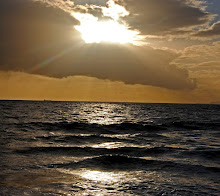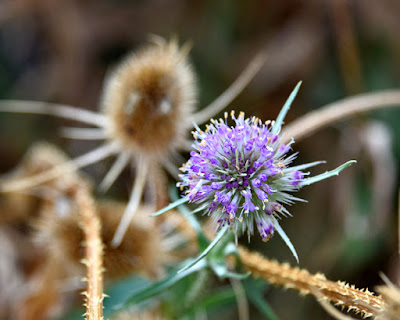Alright fellow birders! Or birdwatchers, whichever. Time for my next update on the Great Pacific Flyway Bird Migration of 2016!
Today we shall visit the Sacramento Wildlife Refuge.
Newsflash: It's amazing.
It is located about an 1 - 1.5 hours north of Sacramento just off of Interstate 5.
It is comprised of three refuges, Sacramento, Delvan, and Colusa.
But here's a helpful tip: Delevan is not the type of refuge you can really visit. At least, I couldn't find any entrance other than a road that runs beside the refuge. It starts out paved, but turns to dirt (which is common at these refuges) about halfway. But it never entered into the actual reserve and was bordered by fences and bushes in such a way that you couldn't see into the protected land.
So back to the main refuge, It is huge and has a 6-mile auto tour, which is one of the longest that I've seen. And SO many different types of birds!! 😄
I started off at the Visitor Center, which happened to be closed when I was there. But it is a really nice complex with exhibits, a bookstore, Discovery Room, and more. There is also a 2-mile wetland walk, which I started and did not walk long as I had forgotten my mosquito repellent.
Tip: WEAR MOSQUITO REPELLENT!
No matter what time of year and no matter what the weather!
There were some really interesting plants around the center.
After racing back to my car and dousing myself with repellent, I rolled down my windows and set off on the tour. This one was interesting as it had a radio station that accompanied the tour. However, the reception was pretty spotty and it didn't provide a ton of information other than the history of how the refuges came to be. Which was interesting, but after it replayed for the fourth time, I turned it off.
I usually try to get to refuges early in the morning so the birds and mammals are a bit more active. It paid off on this day, in more ways than one.
I loved this fat squirrel eating reeds for breakfast.
He was right beside the road (so be careful!) and wasn't too scared of the car. The next photo is not the best composition, but I wanted to include it because he had a really cool black patch on his back which I haven't seen before.
The air was literally dancing with birds! Or rather the birds were dancing through the air, flitting about in some truly magnificent aerial acrobatics.
There were also plenty of jack rabbits about.
This one was happy to sit still for a photo.
But this one couldn't get away fast enough.
(Well actually he did get away...very fast!)
The ubiquitous turkey vulture.
The beautiful colors of Mallards.
Mallards in Flight
I call the next six photos "A Study on Hawks".
I have a fixation with hawks and consider them good luck. I also think they are so beautiful and graceful, so I always want to get good photos of hawks, but it still kind of eludes me. These are decent, not good, but I'm happy to have them. Mainly because you can see the markings pretty clearly; I'm just learning about different hawks and it's so cool to see how varied they are when you stop to look.
This is a hawk on the ground after diving on prey and it was so cool to see them hunting. Hawks fly fast (Red-tails fly between 20-40 mph) but when they dive, they really turn up the speed and can reach 120 mph.
Now we'll completely switch subjects to pretty much the opposite of the hawk...a little sparrow.
This little guy was sitting just before the "Owl Tree", so named because there are frequently owls nesting in it. There were some on this day, but I couldn't see them because I didn't know about them beforehand! Boooo! A wonderful couple showed me their pictures later at the Visitor Center.
But I did see a whole bunch of Egrets and Herons just after the tree. There is a little marsh on the right side of the road and you might have to look carefully for them, but they are definitely in there. I also saw several pheasants flying into this marsh, but wasn't fast enough to take a photo of them.
Snowy Egret
Great Egret with Snowy in background.
Eating!
I almost missed the next two birds. They are not flashy white like their Egret cousins, but quite beautiful...when you can see them. They are Black-crowned Night Herons. Although they don't just come out at night.
But they do camouflage extremely well and I didn't even notice them for the first 5 minutes when I was taking photos.
Even though they were right in plain sight. Can you see them??
Here's a close-up of the guy in the bushes. Gorgeous.
And the one down below, in the left-center of the photo above.
Then, just a few feet down the road, there was this little guy.
He was hunting away.
And on that note, we'll stop for now. 6 miles produced a LOT of great bird photo ops. TTFN!
xoxo
Nikon D3300



































